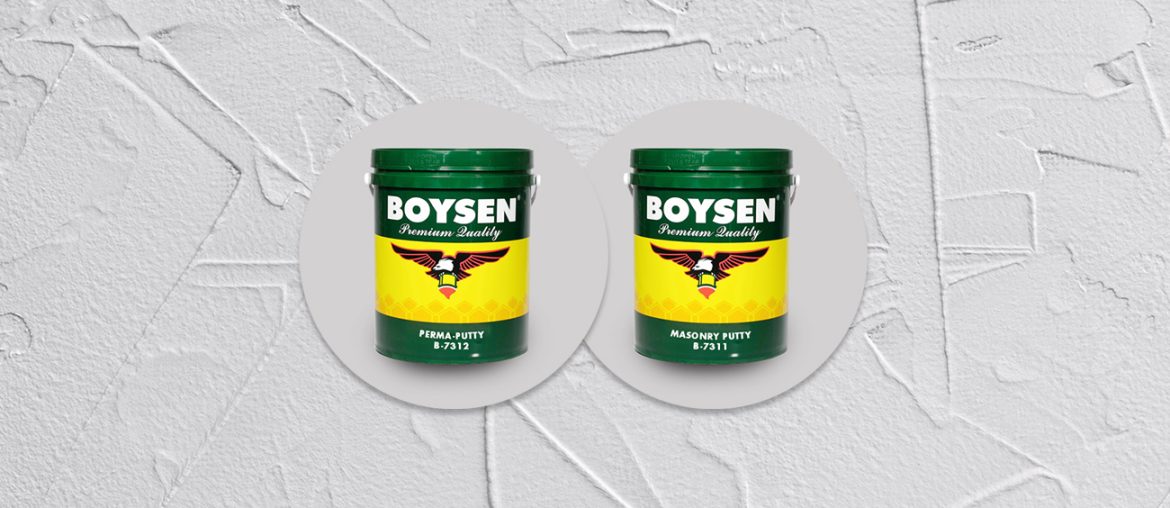You’ll need putty if you want your walls to look as smooth and beautiful as possible. If you’re working on interior concrete surfaces specifically, you’re likely to need either Boysen Masonry Putty or Boysen Perma-Putty. Sound like you? The Boysen Technical Service Department has a few insider tips, tricks, and advice you’ll find useful.
Choosing Between Masonry Putty or Perma-Putty
Boysen Masonry Putty and Boysen Perma-Putty are, as in their names, putty products. Putty is used to correct minor imperfections such as hairline cracks and slight unevenness on a primed or painted wall.
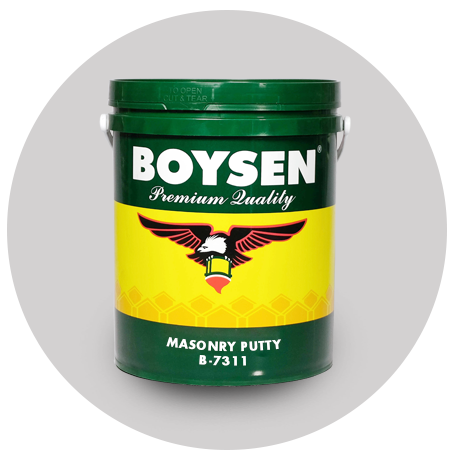
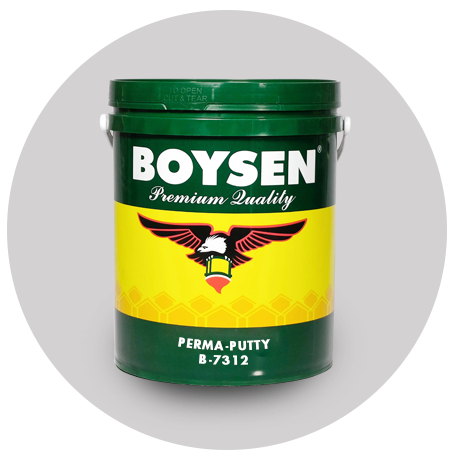
Both Masonry Putty and Perma-Putty are use-as-supplied products and for interior concrete surfaces. Ideally, they’re applied when you already have existing paint on your walls such as after priming with Boysen Permacoat Flat Latex.
When do you go for one over the other? It’s simple. Masonry Putty is used for imperfections that are less than 1mm in thickness. Perma-Putty, which is considered a high-build putty, can be used for imperfections up to 2mm in thickness.
Use-as-Supplied and Avoid Applying Too Thickly
The first thing you do once you’ve opened a container of Masonry Putty or Perma-Putty is to give it a good mix in the can. This will help thin out the consistency a bit and make it easier to apply, say Boysen experts.
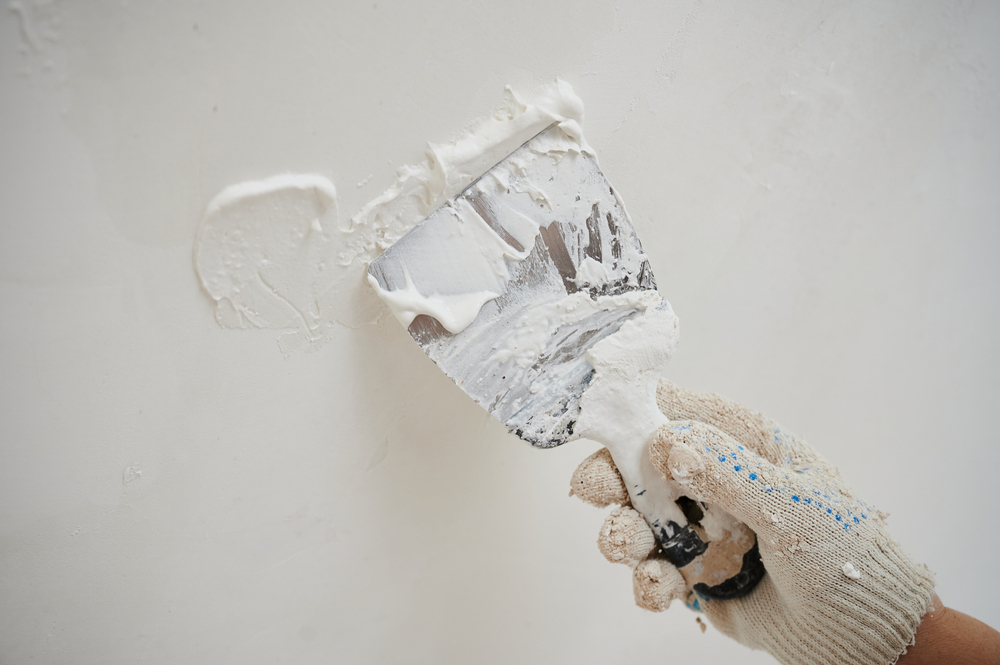
Keep in mind that these putties are to be used straight out of the can and that there are no thinners or reducers you can add to change their consistency. Do not mix water, paint, or anything else into these products.
Also, remember to avoid applying putty products too thickly. When you do so, you risk having the material crack over time due to shrinkage and movement.
How They Differ from Boysen Patching Compound
All three products—Masonry Putty, Perma-Putty, and Patching Compound—are used to correct minor cracks and imperfections in interior walls. However, there are a few reasons why Boysen experts may recommend those new to painting to go for the first two more than the latter one.
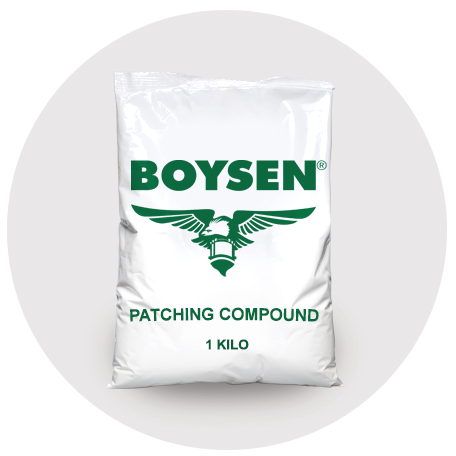
The first is ease of use. Masonry Putty and Perma-Putty are use-as-supplied and come paste-like. On the other hand, Boysen Patching Compound comes as a powder and is a job-site mixed putty. Before use, it needs to be mixed with Boysen Permacoat Flat Latex at a set recommended ratio (1 to 1.5 kg of Patching Compound to latex paint). This preparation process leaves room for mistakes and errors if you’re not experienced with the product.
With Patching Compound, you also have to be careful about humidity. Exposure to moisture can cause it to turn back into its powder state. This then leads to chalking and creates a domino effect of other paint problems down the line like peeling and flaking.
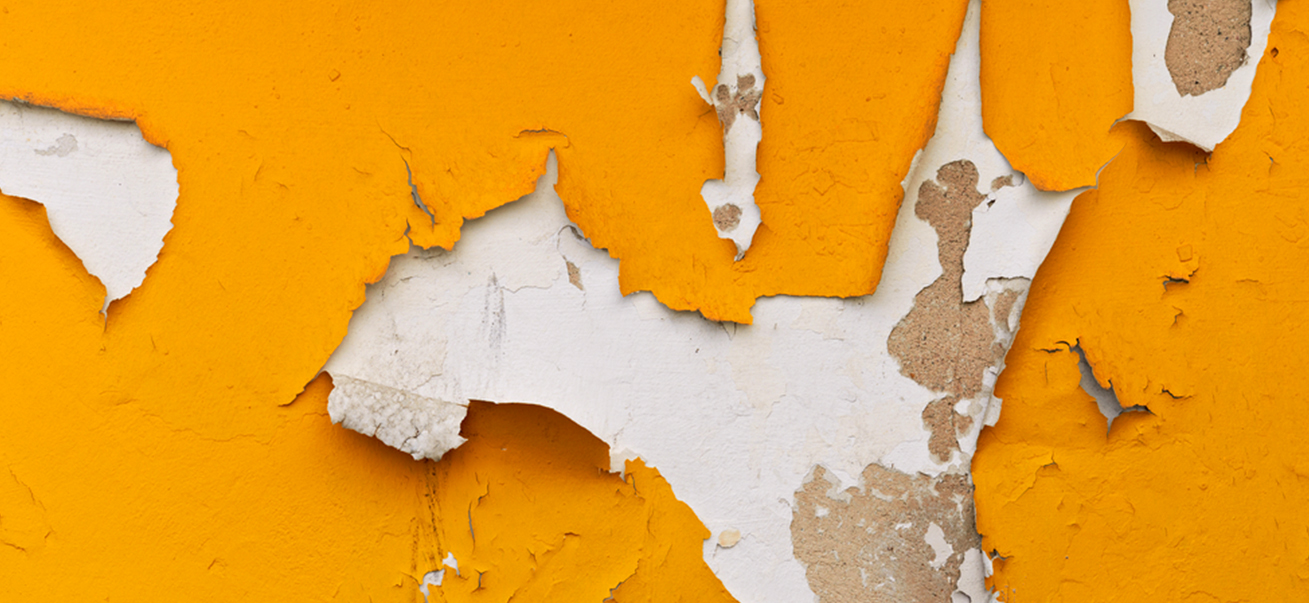
If you would like to know more about Boysen’s putties and not just the ones featured in this blog post, check out this MyBoysen.com guide: Product Highlight: Know Your Boysen Putty.
For questions and inquiries about Boysen Products, feel free to reach out to the Boysen Technical Department at ask@myboysen.com. You can also call (02) 8363-9738 local 413 to 418 during office hours for a one-on-one consultation.

